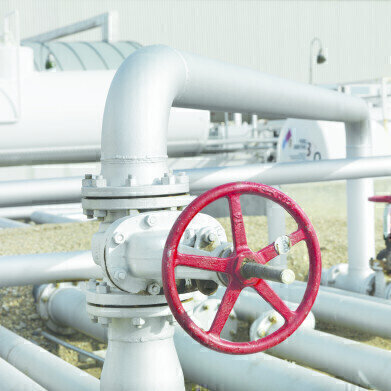Safety
Why Do a Bump Test?
Jun 05 2014
A bump test, or a functional test, is a simple check to make sure that the sensors on a gas monitor are functioning accurately. This is performed by exposing the sensors to a concentration of gas which is high enough to set off the sensors and trigger the alarms, if it is working properly. The International Safety Equipment Association (ISEA) recommends that a bump test should be performed at least once a day, before the equipment is used. Why is it so important? There are a number of reasons why daily bump tests should be incorporated into every workplace routine where gas monitoring equipment is a feature.
- Risk in the Workplace
A lack of oxygen or the presence of harmful gases and toxins in the air that we breathe is a problem that can affect anyone, no matter what their workplace. Of course, some professions are more exposed to the possibility of toxic respiration than others, and those are at higher risk of developing lung damage, respiratory difficulties or other forms of injury. High levels of flammable substances in the air can also lead to a heightened risk of fire or explosion, and as such it is imperative that gas monitoring equipment is fully functioning to detect the presence of such dangers. Daily bump tests are the best way to ensure equipment is in full working order and minimise the risk of accident or injury.
- Fragility of Equipment
There are a variety of reasons why a gas monitor may begin to malfunction. Age, wear-and-tear, faulty powering systems, or even something as simple as sensor blockage due to debris or dirt, can all lead to a gas monitor not performing its function. Sensors can also be damaged by harsh climates, altitudes or receiving a concentration of gas above their parameters. When this happens, users run the risk of damage, injury, or in extreme cases, death.
- Proven Track Record
There is strong evidence linking faulty detectors to a lack of regular testing. The correlation between daily bump tests and functional equipment is undeniable, and as such everyone should strive to perform a bump test at least once a day. Unfortunately, the statistics show that this is not currently happening.
As this article, Incorporating Newer Technologies into Your Gas Detection Program, reveals that only about 20% of users performed daily bump tests, and a staggering 15% never performed them at all. The article also goes on to elaborate on potential alternatives to bump tests and on ideas how to increase workplace safety from harmful gases in general.
Digital Edition
PIN 25.1 Feb/March
March 2024
In This Edition Safety - The technology behind the ION Science Tiger XT - Safety with ammonia and LOHCs as hydrogen carriers Analytical Instrumentation - Discussion on new tribology te...
View all digital editions
Events
Apr 22 2024 Hannover, Germany
Apr 22 2024 Marrakech, Morroco
Apr 22 2024 Muscat, Oman
Apr 22 2024 Rotterdam, Netherlands
Apr 23 2024 Singapore


.jpg)















